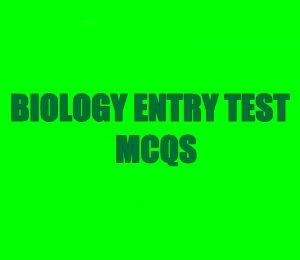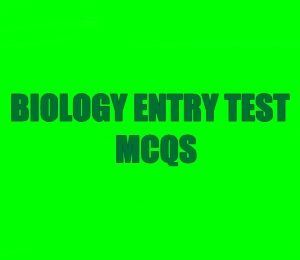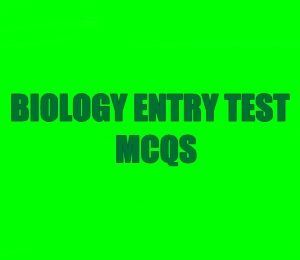Here you are on the right site to get Biology Bioenergetics MCQs With Answers. The bioenergetics chapter comprises the photosynthesis and cellular respiration systems. Through solving these Bioenergetics MCQs students will become able to describe the photosynthetic pigments like Carotenoids and Chlorophyll, cyclic and non-cyclic phosphorylation and Calvin Cycle. Students will also learn the concept of absorption and spectra action through these Bioenergetics MCQs with Answers Pdf. These Bioenergetics MCQs are prepared according to the MDCAT test point of view and students can solve MCQs related to respiration at the cellular level, glycolysis, Kreb’s cycle, and electron transport chain, ATP, FADH and NADH. Alcoholic and lactic acid fermentation will also be covered in this chapter. Multiple choice questions on bioenergetics with answers pdf are available for students who want to test their MDCAT test preparation before appearing in medical and dental college entry tests.
Biology Bioenergetics MCQs With Answers
5380



